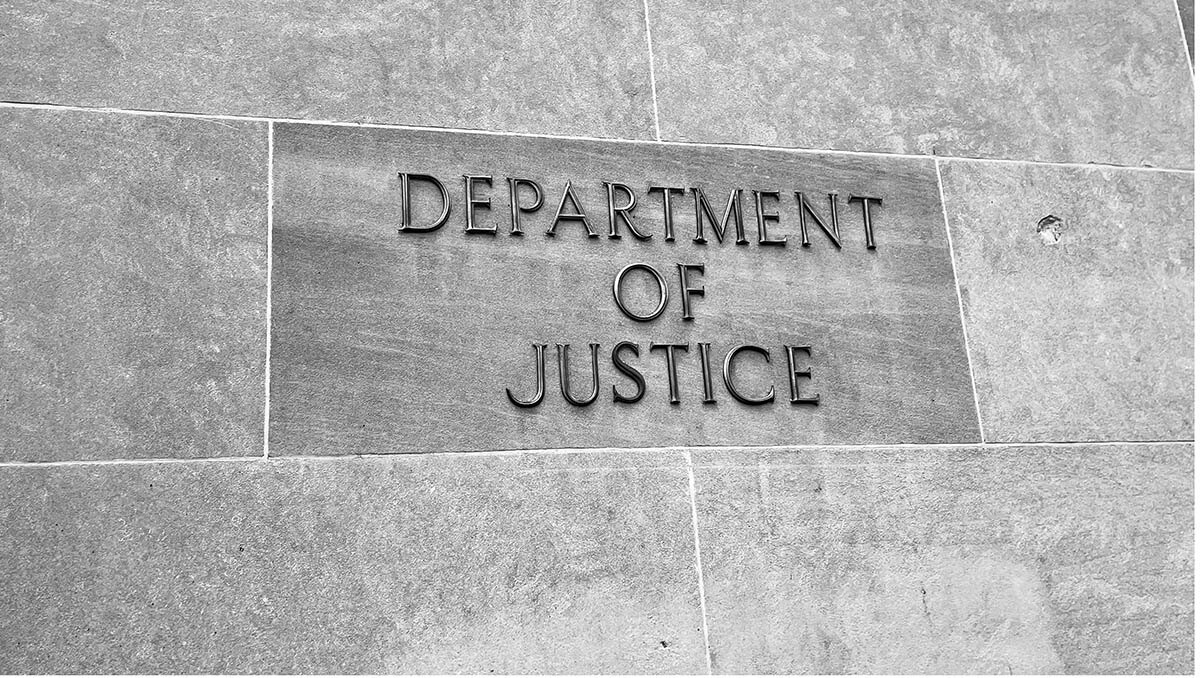UPDATE: The Corporate Transparency Act May Still Apply to You
On March 1, a district court judge ruled that the Corporate Transparency Act (CTA) is unconstitutional. However, his decision applied only to the...
2 min read
 Cathy Lydon, CPA
:
February 1, 2022
Cathy Lydon, CPA
:
February 1, 2022

February 1, 2022 - Accepting a gift may seem like a simple thing for a nonprofit to do. However, having written policies and processes for accepting gifts is a best practice, can help retain donors, and can save a lot of headaches down the road. This is true from a taxing and auditing standpoint as well as for branding, marketing, and donor relations.
Every nonprofit must create its own process for accepting gifts. The process will be informed by the number of gifts that come in, how they come in, and the software you use to track donors and complete financial reports.
You should create a process that is transparent, makes your finances easier, and it helps you retain your donors. The end goal being to cultivate your donors towards making another gift in the future.
Start by writing a workflow of how a gift comes into your organization--whether that’s online, as a written check, or in a different manner. Outline the steps for how the gift is entered into your donor tracking system and how that information is passed along to your finance department. Make sure you’re reconciling this information on a regular basis.
Establish a process for acknowledging each gift from a donor. A letter (or email) thanking the person/company/foundation should also have the information necessary to double as a receipt for their taxes (issuing a receipt is a requirement for any gift over $250). If you do send a physical letter, include a return envelope in case the person wants to make another gift.
Saying thank you with a handwritten letter from a board member, senior leader, or person your nonprofit organization has helped is a great way to acknowledge a gift and make your donor feel appreciated.
It’s wise to set a threshold where any gift above a certain dollar amount gets the attention of senior leadership and possibly your board of directors. Multi-year commitments also need special attention. These are common in large campaigns, where you try and secure 50% of the multi-year goal with pledges and commitments before going public. Your accounting team must decide how to account for the promise of a future gift. Capturing donor intention (i.e. do they want to fund a specific initiative?) is important here because you need to keep track of work in that area over multiple years.
If your organization has an endowment fund, you should have clear rules around which gifts go towards that and which gifts can be used for general operations.
Your gift acceptance policy should also cover what kinds of gifts you don’t accept. This can help you say no to gifts from businesses that run counter to your mission. For example, an oil company may ask to make a donation to a clean air nonprofit in order to benefit from the exposure but that may not be in the organization’s best interest.
This also applies to gifts that come with certain strings attached or obligations the nonprofit may not be able (or want) to meet. Sometimes gifts like vehicles, animals, real estate, or other unusual items may require expenses that a nonprofit does not want to take on.
If your organization receives more than $25,000 worth of non-cash gifts it must file a Schedule M form as part of its taxes. The 990 tax form that nonprofits are required to fill out does ask if an organization has a gift acceptance policy, but it doesn’t require you to include any information about it if you do.
You should create a policy and process for accepting stocks and other investment vehicles. This can be done either by creating a portfolio that your nonprofit stewards (probably with outside help from investing experts) or by selling off the asset on a regular schedule after it’s received.
Along these lines, creating a policy around accepting crypto currencies as donations may make sense for some nonprofits.

On March 1, a district court judge ruled that the Corporate Transparency Act (CTA) is unconstitutional. However, his decision applied only to the...

Bookkeeping is strategically important for every business because financials form the foundation for daily operations and future planning....

In a decision issued March 1, 2024, U.S. District Court Judge Liles Burke ruled that the Corporate Transparency Act (CTA) is unconstitutional....